Home>Furniture & Design>Outdoor Furniture>What Are The Best Camera Settings For Outdoor Portraits?
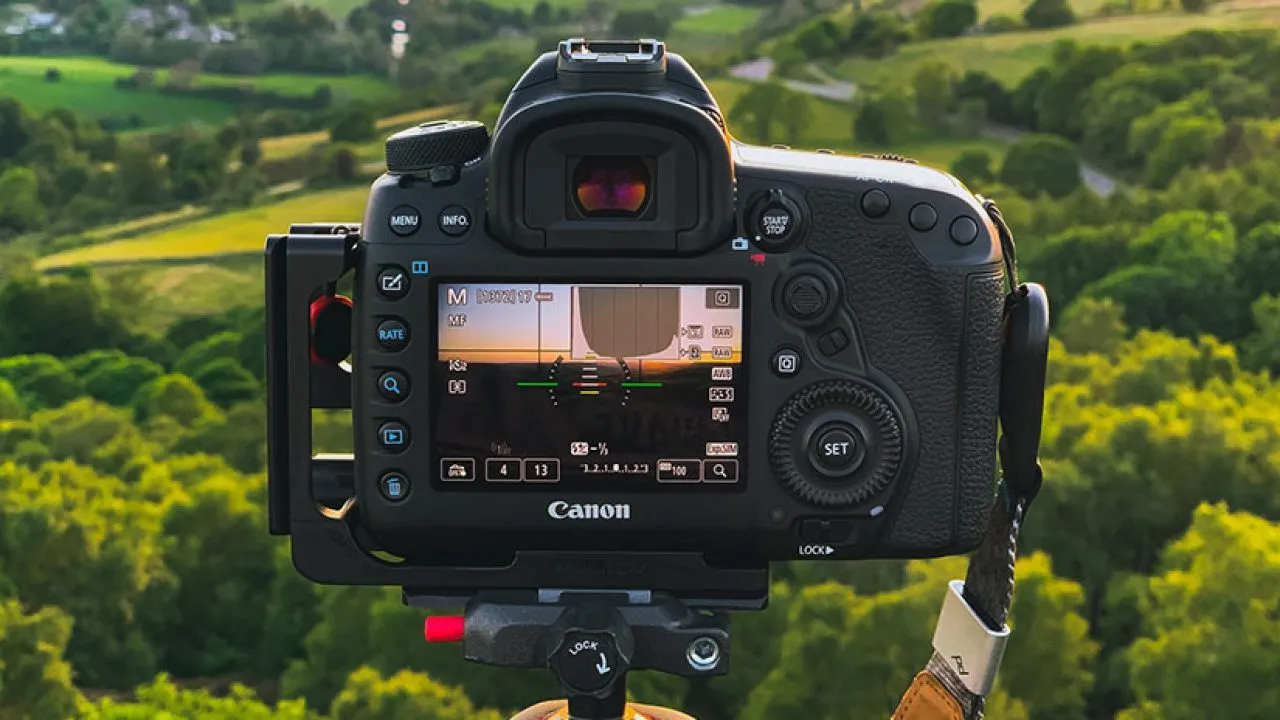

Outdoor Furniture
What Are The Best Camera Settings For Outdoor Portraits?
Published: January 16, 2024
Discover the best camera settings for outdoor portraits to capture stunning images in natural light. Learn how to optimize your outdoor photography with expert tips and techniques. Ideal for outdoor furniture, furniture, and design enthusiasts.
(Many of the links in this article redirect to a specific reviewed product. Your purchase of these products through affiliate links helps to generate commission for Storables.com, at no extra cost. Learn more)
Introduction
Outdoor portrait photography is a delightful way to capture the beauty of nature while showcasing the essence of human expression. Whether you are a professional photographer or an enthusiastic hobbyist, mastering the art of outdoor portrait photography requires an understanding of the best camera settings to achieve stunning results. The interplay of aperture, shutter speed, ISO, white balance, metering mode, and autofocus mode contributes to the overall quality of outdoor portraits. By delving into these settings, you can elevate your photography skills and create captivating outdoor portraits that resonate with viewers.
In this comprehensive guide, we will explore the intricacies of camera settings for outdoor portraits, providing valuable insights and practical tips to help you unleash your creativity and capture breathtaking images. Understanding the nuances of each setting will empower you to adapt to diverse outdoor environments, harness natural light, and immortalize the beauty of your subjects against the backdrop of nature’s splendor. Let’s embark on this enlightening journey into the realm of outdoor portrait photography and unravel the best camera settings for creating mesmerizing outdoor portraits.
Key Takeaways:
- Mastering outdoor portrait photography requires understanding aperture, shutter speed, ISO, white balance, metering mode, and autofocus mode. These settings shape the visual narrative and capture the essence of human expression in nature.
- By adeptly manipulating camera settings, photographers can create captivating outdoor portraits that resonate with authenticity, emotion, and visual allure, immersing viewers in the timeless beauty of nature and human expression.
Read more: What Are The Best Outdoor Cameras
Understanding Camera Settings
Before delving into the specifics of camera settings for outdoor portraits, it’s essential to grasp the fundamental role each setting plays in shaping the outcome of your photographs. A nuanced understanding of aperture, shutter speed, ISO, white balance, metering mode, and autofocus mode will equip you with the knowledge to adapt to varying lighting conditions, capture fleeting moments, and convey the mood and ambiance of outdoor settings.
Aperture, often referred to as the lens’s diaphragm, regulates the amount of light entering the camera. It also determines the depth of field, influencing the background blur or sharpness in your portraits. Understanding how aperture impacts the visual aesthetics of outdoor portraits is pivotal in achieving the desired focus and background separation, adding depth and dimension to your compositions.
Shutter speed dictates the duration for which the camera’s shutter remains open, controlling the amount of light reaching the camera sensor. It also governs the depiction of motion in your portraits, enabling you to freeze fast-paced action or convey a sense of movement in dynamic outdoor settings.
ISO, the measure of a camera sensor’s sensitivity to light, plays a crucial role in adapting to different lighting conditions. By adjusting the ISO settings, you can effectively compensate for low light situations without compromising image quality, ensuring that your outdoor portraits maintain clarity and detail even in challenging environments.
White balance is instrumental in preserving the natural colors and tonal warmth of outdoor scenes, especially under varying light sources such as sunlight, shade, or overcast skies. By fine-tuning the white balance settings, you can achieve accurate color reproduction and convey the authentic ambiance of the outdoor environment in your portraits.
Metering mode determines how the camera evaluates the exposure of a scene, impacting the distribution of light and shadow in your outdoor portraits. Understanding the nuances of metering modes, such as evaluative, spot, or center-weighted metering, empowers you to optimize exposure and maintain the desired tonal balance in diverse outdoor settings.
Autofocus mode plays a pivotal role in achieving precise and swift focusing on your subjects amidst the dynamic elements of outdoor landscapes. By selecting the appropriate autofocus mode, be it single or continuous autofocus, you can ensure that your outdoor portraits are impeccably sharp and compelling, capturing the nuances of human expression against the backdrop of nature’s splendor.
By comprehending the intricate interplay of these camera settings, you can harness their collective potential to craft captivating outdoor portraits that resonate with authenticity, emotion, and visual allure. In the subsequent sections, we will delve deeper into each setting, unraveling the nuances and practical considerations that underpin their application in outdoor portrait photography.
Aperture
Aperture, a fundamental component of lens optics, plays a pivotal role in shaping the visual aesthetics of outdoor portraits. It is characterized by an adjustable diaphragm within the lens, regulating the amount of light that enters the camera. The aperture setting is denoted by an f-number, such as f/1.8, f/4, or f/8, where a lower f-number corresponds to a wider aperture and a higher f-number indicates a narrower aperture.
One of the key aspects influenced by aperture is the depth of field, which refers to the range of distance over which the subjects in the foreground and background appear acceptably sharp in the photograph. In outdoor portrait photography, the choice of aperture allows you to control the background blur, also known as bokeh, thereby accentuating the subject while creating a pleasing separation from the surroundings.
When aiming to isolate the subject from the background and achieve a pronounced background blur, a wider aperture with a lower f-number, such as f/2.8 or below, is preferred. This setting not only accentuates the subject’s features and expressions but also contributes to a visually appealing separation from the background elements, adding depth and dimension to the portrait.
Conversely, in scenarios where a greater depth of field is desired to keep both the subject and the background in sharp focus, employing a narrower aperture with a higher f-number, such as f/8 or higher, is recommended. This approach is particularly advantageous in outdoor portraits featuring expansive landscapes or when capturing group compositions, ensuring that all elements within the frame are rendered with clarity and detail.
Moreover, the choice of aperture influences the amount of light reaching the camera sensor, thereby impacting the overall exposure of the photograph. Understanding how aperture interacts with shutter speed and ISO settings is crucial in achieving the optimal exposure while maintaining the desired depth of field in outdoor portraits.
By adeptly manipulating the aperture setting, outdoor portrait photographers can infuse their compositions with a captivating interplay of sharpness and background blur, accentuating the subject’s presence against the backdrop of nature’s splendor. This deliberate control over depth of field empowers photographers to convey a sense of intimacy, focus, and visual allure, elevating the impact and emotive resonance of outdoor portraits.
Shutter Speed
Shutter speed, a fundamental aspect of exposure control, holds profound significance in outdoor portrait photography, especially when capturing the dynamic interplay of human subjects amidst natural landscapes. It denotes the duration for which the camera’s shutter remains open, allowing light to reach the camera sensor and create an exposure. The choice of shutter speed not only governs the overall brightness of the image but also influences the depiction of motion, enabling photographers to freeze action or convey a sense of movement in outdoor portraits.
When photographing outdoor portraits, the selection of an appropriate shutter speed is contingent upon the desired outcome and the prevailing environmental factors. In scenarios where the subject is relatively static and the goal is to achieve crisp, detailed imagery, employing a faster shutter speed, such as 1/250s or higher, is advantageous. This setting effectively minimizes the risk of motion blur, ensuring that the subject remains impeccably sharp and well-defined against the backdrop of the outdoor setting.
Conversely, in situations where the intention is to convey a sense of movement or capture the fluidity of human expression in outdoor environments, employing a slower shutter speed opens up creative possibilities. By opting for a slower shutter speed, such as 1/60s or lower, photographers can introduce a subtle blur to convey motion, imbuing the portraits with a dynamic and expressive quality that resonates with the energy and vitality of the outdoor setting.
Moreover, the choice of shutter speed intersects with the interplay of aperture and ISO settings, collectively shaping the exposure triangle that governs the overall brightness and visual aesthetics of outdoor portraits. By striking a harmonious balance between these settings, photographers can achieve the desired exposure while effectively conveying the mood, ambiance, and dynamism of the outdoor environment.
Additionally, in scenarios where natural light is abundant, leveraging faster shutter speeds enables photographers to mitigate the risk of overexposure and preserve the intricate details of the outdoor scene. Conversely, when photographing in low light conditions, a slower shutter speed may be employed in tandem with appropriate aperture and ISO settings to capture the nuanced interplay of light and shadow, infusing the outdoor portraits with a compelling and evocative visual narrative.
By mastering the nuanced control of shutter speed in outdoor portrait photography, photographers can deftly capture the fleeting moments, convey the vitality of human expression, and imbue their compositions with a sense of dynamism and visual intrigue. This adept manipulation of shutter speed empowers photographers to craft outdoor portraits that resonate with authenticity, emotion, and a captivating sense of narrative depth.
ISO
ISO, an integral component of the exposure triangle alongside aperture and shutter speed, holds pivotal significance in outdoor portrait photography, offering photographers the flexibility to adapt to diverse lighting conditions and achieve optimal exposure without compromising image quality. It denotes the sensitivity of the camera sensor to light, with lower ISO values indicating lower sensitivity and higher ISO values signifying heightened sensitivity, allowing for effective adjustments in challenging outdoor environments.
When capturing outdoor portraits, the choice of ISO setting is informed by the prevailing light conditions and the desired visual aesthetics. In well-lit outdoor settings, opting for a lower ISO value, such as ISO 100 or 200, ensures that the camera sensor maintains minimal sensitivity to light, resulting in images characterized by refined detail, reduced digital noise, and enhanced clarity, thereby preserving the nuances of the outdoor scene.
Conversely, in low light or dimly lit outdoor environments, escalating the ISO setting becomes imperative to compensate for the limited availability of natural light. By increasing the ISO to higher values, such as ISO 800, 1600, or beyond, photographers can augment the camera sensor’s sensitivity, effectively capturing the ambient light and ensuring that the outdoor portraits maintain adequate brightness and detail, even in challenging lighting conditions.
It is important to note that elevating the ISO setting comes with the inherent trade-off of digital noise, which manifests as graininess or speckles in the image. Therefore, striking a balance between achieving the requisite exposure and mitigating the impact of digital noise is essential in harnessing the full potential of ISO settings for outdoor portraits.
Furthermore, the choice of ISO intersects with the interplay of aperture and shutter speed, collectively shaping the exposure triangle that governs the overall brightness and visual aesthetics of outdoor portraits. By adeptly adjusting the ISO setting in conjunction with aperture and shutter speed, photographers can achieve the desired exposure while preserving the integrity of the outdoor scene and the nuances of human expression.
By mastering the nuanced control of ISO in outdoor portrait photography, photographers can navigate diverse lighting conditions with confidence, ensuring that their outdoor portraits exude a captivating blend of visual clarity, nuanced detail, and evocative ambiance. This adept manipulation of ISO empowers photographers to craft outdoor portraits that resonate with authenticity, emotion, and a compelling visual allure, immersing viewers in the timeless beauty of nature and human expression.
When shooting outdoor portraits, use a wide aperture (around f/2.8-f/5.6) to create a blurred background, a fast shutter speed (1/200 or higher) to freeze motion, and a low ISO (100-400) for sharp, low-noise images.
Read more: How To Take Professional Outdoor Portraits
White Balance
White balance serves as a critical determinant of color accuracy and tonal warmth in outdoor portrait photography, playing a pivotal role in preserving the natural hues and atmospheric ambiance of the outdoor environment. It encompasses the adjustment of color temperature to ensure that the colors rendered in the photograph align with the true visual perception of the scene, especially under varying natural light sources such as sunlight, shade, or overcast skies.
When capturing outdoor portraits, the choice of white balance setting is contingent upon the prevailing lighting conditions and the desired visual narrative. In scenarios where the warm, golden hues of sunlight envelop the outdoor setting, opting for a daylight white balance setting effectively preserves the natural color temperature, accentuating the vibrancy and warmth of the scene while ensuring that skin tones appear natural and lifelike.
Conversely, in shaded outdoor environments characterized by cool, bluish tones, selecting a shade or cloudy white balance setting compensates for the predominant cool light, infusing the portraits with a balanced tonal warmth and ensuring that the colors are rendered with fidelity and authenticity, evoking the serene ambiance of the outdoor setting.
Moreover, when photographing outdoor portraits during the enchanting hours of twilight or under the soft, diffused light of overcast skies, employing a tungsten or cool white balance setting counteracts the inherent warmth of the scene, preserving the ethereal, cool-toned ambiance while maintaining the integrity of the colors and skin tones, thereby imbuing the portraits with a captivating and evocative visual allure.
It is important to note that modern digital cameras offer the flexibility of custom white balance settings, allowing photographers to fine-tune the color temperature based on the unique nuances of the outdoor environment, ensuring that the portraits resonate with authenticity and visual fidelity.
Furthermore, the choice of white balance intersects with the interplay of aperture, shutter speed, and ISO settings, collectively shaping the exposure triangle that governs the overall brightness and tonal warmth of outdoor portraits. By adeptly adjusting the white balance setting in conjunction with other camera settings, photographers can achieve the desired color accuracy and atmospheric ambiance, ensuring that their outdoor portraits exude a captivating blend of visual authenticity and emotive resonance.
By mastering the nuanced control of white balance in outdoor portrait photography, photographers can infuse their compositions with a captivating interplay of colors, tonal warmth, and atmospheric ambiance, ensuring that their portraits resonate with authenticity, emotion, and a compelling visual allure, immersing viewers in the timeless beauty of nature and human expression.
Metering Mode
Metering mode plays a pivotal role in determining how the camera evaluates the exposure of a scene, influencing the distribution of light and shadow in outdoor portraits. Understanding the nuances of metering modes is essential for achieving optimal exposure and maintaining the desired tonal balance amidst the dynamic lighting conditions prevalent in outdoor environments.
Modern digital cameras offer a range of metering modes, including evaluative (or matrix), spot, center-weighted, and partial metering, each tailored to specific shooting scenarios and lighting conditions. When capturing outdoor portraits, selecting the appropriate metering mode empowers photographers to effectively gauge the luminance and tonal distribution, ensuring that the subjects are rendered with precision and clarity against the backdrop of nature’s splendor.
Evaluative metering, a versatile and widely used mode, analyzes the entire scene and intelligently assesses the distribution of light and shadow, thereby delivering balanced exposures across diverse outdoor settings. This mode is particularly advantageous when photographing subjects against expansive landscapes or when contending with complex lighting scenarios, ensuring that the outdoor portraits maintain a harmonious tonal balance and nuanced detail.
Spot metering, on the other hand, concentrates on a specific area or point within the frame, allowing photographers to meticulously gauge the exposure based on the luminance of the subject, irrespective of the surrounding elements. This mode is invaluable when precise control over the subject’s exposure is paramount, enabling photographers to capture outdoor portraits with exquisite detail and tonal accuracy, especially in situations where the subject is illuminated by a distinct light source amidst varied lighting conditions.
Center-weighted metering, a mode that prioritizes the central portion of the frame while considering the surrounding elements, is well-suited for outdoor portraits where the subject occupies a prominent position within the composition. By emphasizing the central area, this mode ensures that the subject’s exposure is meticulously evaluated, resulting in outdoor portraits characterized by balanced tonal distribution and compelling visual impact.
Partial metering, akin to spot metering but with a broader coverage area, offers photographers a nuanced approach to assessing the exposure of the subject while factoring in the surrounding elements. This mode is particularly beneficial when capturing outdoor portraits with a pronounced emphasis on the subject’s expression and emotive resonance, ensuring that the exposure is finely calibrated to convey the nuances of human expression amidst the captivating backdrop of the outdoor environment.
By adeptly selecting the appropriate metering mode in conjunction with aperture, shutter speed, ISO, and white balance settings, photographers can achieve the optimal exposure and tonal balance in their outdoor portraits, ensuring that the subjects are rendered with precision, clarity, and emotive resonance against the dynamic canvas of nature’s splendor.
Autofocus Mode
Autofocus mode stands as a crucial element in outdoor portrait photography, enabling photographers to achieve precise and swift focusing on subjects amidst the dynamic elements of natural landscapes. The choice of autofocus mode plays a pivotal role in ensuring that outdoor portraits are impeccably sharp, capturing the nuances of human expression against the backdrop of nature’s splendor.
Modern digital cameras offer a range of autofocus modes, each tailored to specific shooting scenarios and the movement dynamics of the subjects. Understanding the nuances of autofocus modes empowers photographers to adeptly capture the fleeting moments and convey the vitality of human expression in diverse outdoor settings.
Single autofocus (AF-S) mode, characterized by locking focus on a stationary subject, is well-suited for capturing outdoor portraits where the subjects are relatively static and the emphasis lies on achieving precise focus and clarity. This mode ensures that the selected focus point is meticulously evaluated, enabling photographers to capture outdoor portraits with exquisite detail and emotive resonance, especially in scenarios where the subjects are posed against the captivating backdrop of nature’s splendor.
Conversely, continuous autofocus (AF-C) mode, designed to track moving subjects, is instrumental in capturing the dynamic interplay of human subjects amidst the natural elements of outdoor environments. This mode continuously adjusts the focus to ensure that the moving subjects remain impeccably sharp and well-defined, enabling photographers to convey the energy, vitality, and fluidity of human expression against the ever-changing canvas of the outdoor setting.
Moreover, modern digital cameras often feature advanced autofocus modes, such as eye detection or face detection autofocus, which intelligently identify and prioritize the subject’s eyes or facial features, ensuring that the most crucial elements of human expression are impeccably sharp and well-defined. These advanced modes are invaluable in capturing outdoor portraits with a pronounced emphasis on the subject’s emotive resonance and visual allure, ensuring that the nuances of human expression are preserved with precision and clarity amidst the enchanting backdrop of nature’s splendor.
By adeptly selecting the appropriate autofocus mode and leveraging the advanced capabilities of modern digital cameras, photographers can ensure that their outdoor portraits exude a captivating blend of visual authenticity, emotive resonance, and compelling sharpness, immersing viewers in the timeless beauty of nature and human expression.
Conclusion
Embarking on the captivating journey of outdoor portrait photography unveils a world of boundless creativity, where the interplay of camera settings intertwines with the timeless beauty of nature and human expression. As we have delved into the intricacies of aperture, shutter speed, ISO, white balance, metering mode, and autofocus mode, it becomes evident that each setting holds profound significance in shaping the visual narrative of outdoor portraits.
Mastering the art of outdoor portrait photography entails a profound understanding of the technical nuances and a keen appreciation for the emotive resonance embedded within the natural landscapes. By adeptly manipulating aperture, photographers can infuse their compositions with a captivating interplay of sharpness and background blur, accentuating the subject’s presence against the backdrop of nature’s splendor.
Leveraging the nuanced control of shutter speed empowers photographers to capture the fleeting moments, convey the vitality of human expression, and imbue their compositions with a sense of dynamism and visual intrigue amidst the ever-changing canvas of outdoor environments.
Adapting to diverse lighting conditions, ISO settings offer photographers the flexibility to achieve optimal exposure without compromising image quality, ensuring that outdoor portraits maintain visual clarity and nuanced detail, even in challenging outdoor settings.
Preserving the natural hues and tonal warmth of outdoor scenes, white balance settings enable photographers to convey the authentic ambiance and visual authenticity of the outdoor environment, ensuring that the colors rendered in the portraits align with the true visual perception of the scene.
Understanding the nuances of metering modes and adeptly selecting the appropriate mode empowers photographers to achieve optimal exposure and maintain the desired tonal balance amidst the dynamic lighting conditions prevalent in outdoor environments.
Lastly, the choice of autofocus mode plays a pivotal role in ensuring that outdoor portraits are impeccably sharp, capturing the nuances of human expression against the backdrop of nature’s splendor, and conveying the energy, vitality, and fluidity of human subjects amidst the natural elements of outdoor environments.
As we conclude this enlightening exploration of camera settings for outdoor portraits, it becomes evident that the seamless integration of technical prowess and creative vision is paramount in capturing outdoor portraits that resonate with authenticity, emotion, and a compelling visual allure. By harnessing the collective potential of these camera settings, photographers can craft outdoor portraits that immerse viewers in the timeless beauty of nature and human expression, evoking a sense of wonder, intimacy, and visual splendor.
Let this comprehensive guide serve as a beacon of inspiration, guiding you on your quest to capture breathtaking outdoor portraits that encapsulate the essence of human emotion amidst the enchanting backdrop of nature’s splendor.
Frequently Asked Questions about What Are The Best Camera Settings For Outdoor Portraits?
Was this page helpful?
At Storables.com, we guarantee accurate and reliable information. Our content, validated by Expert Board Contributors, is crafted following stringent Editorial Policies. We're committed to providing you with well-researched, expert-backed insights for all your informational needs.



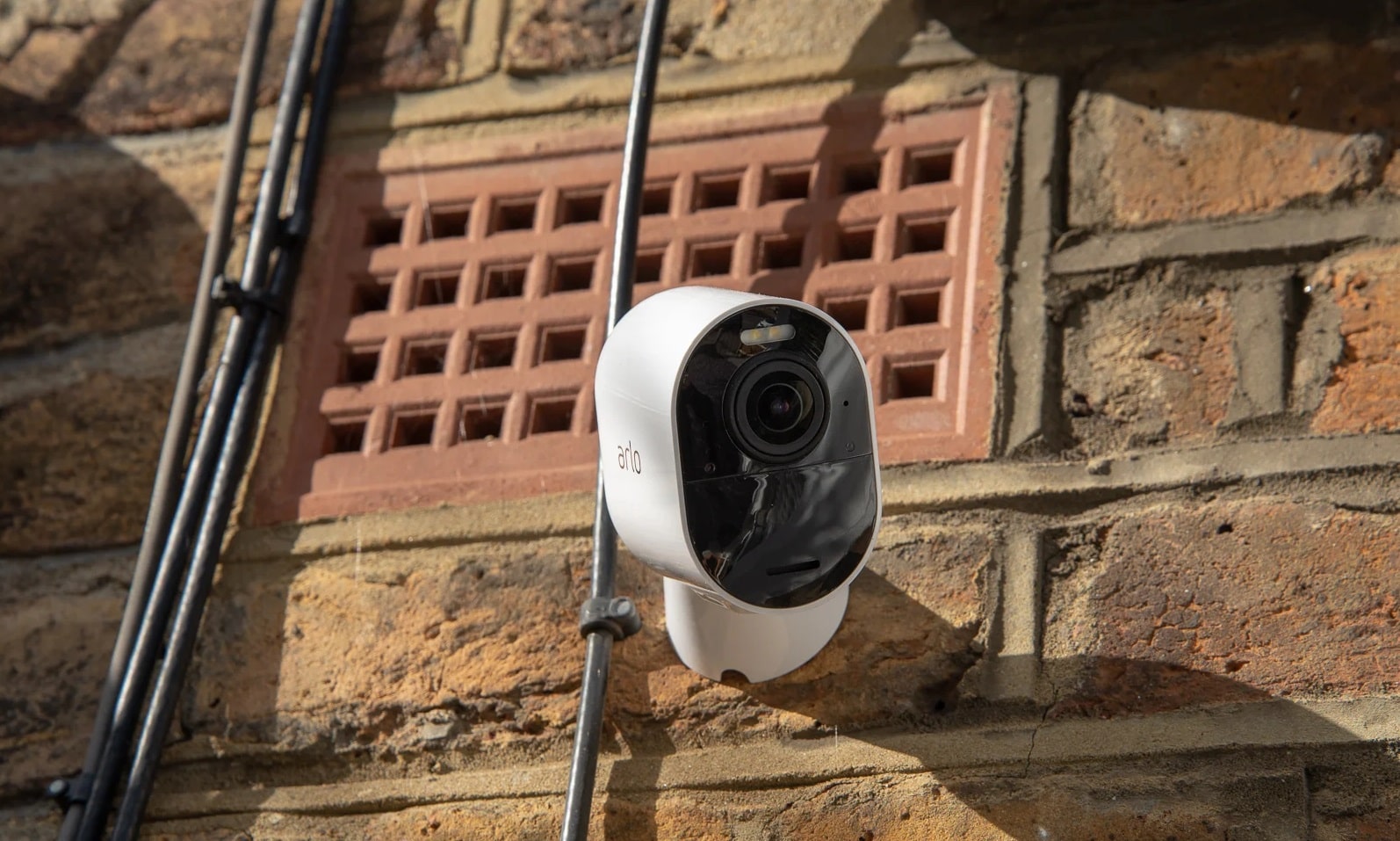
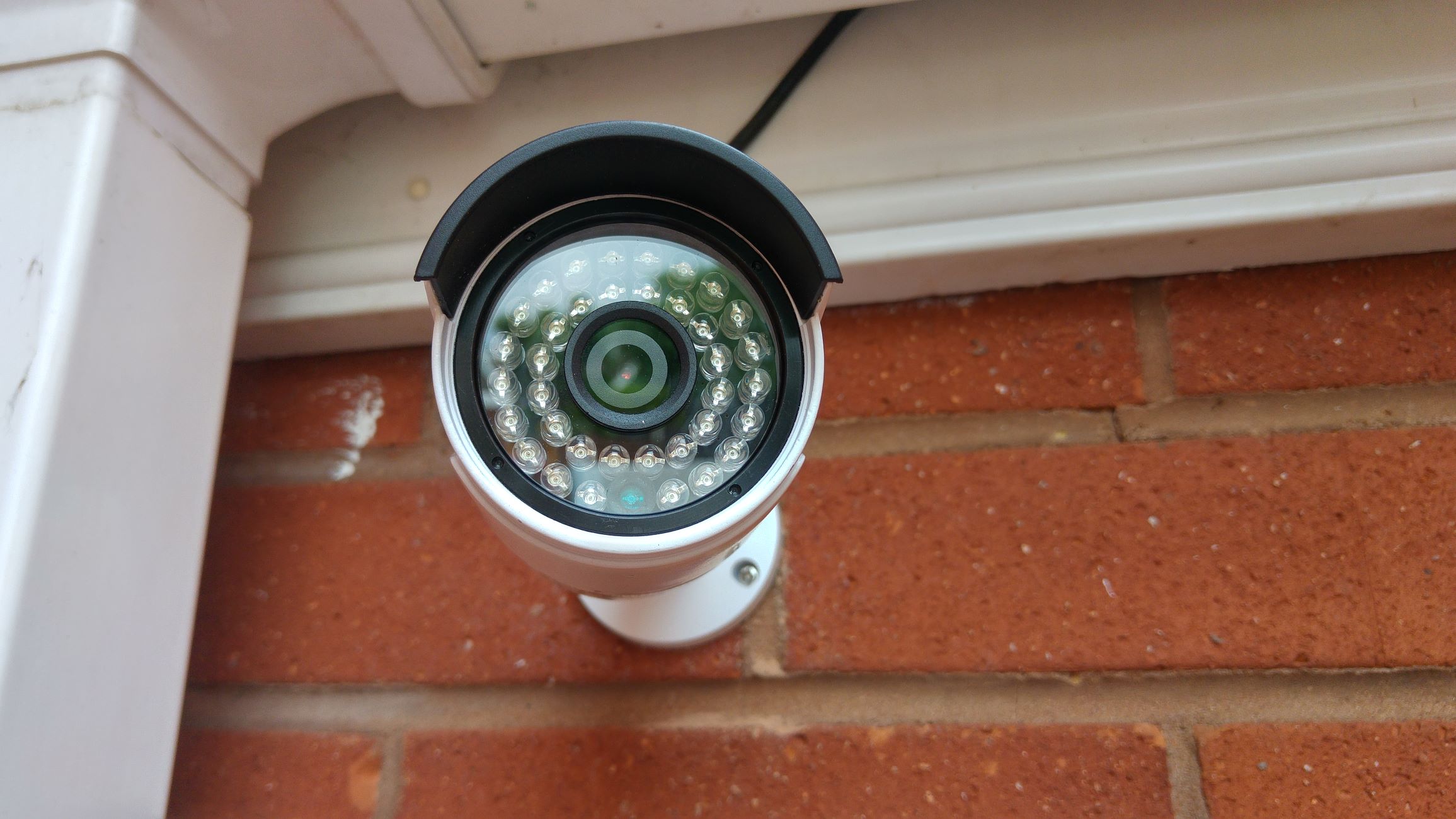
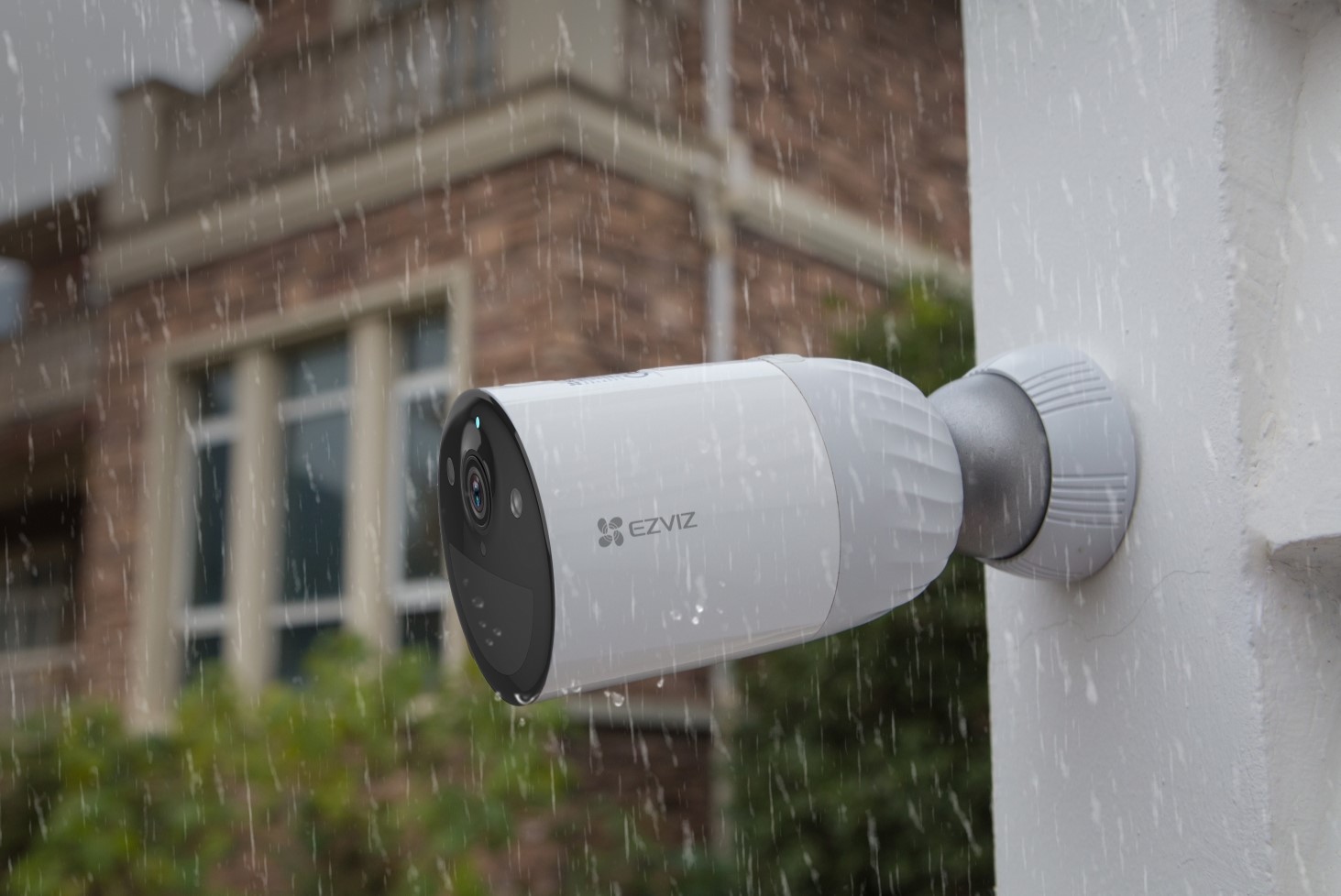
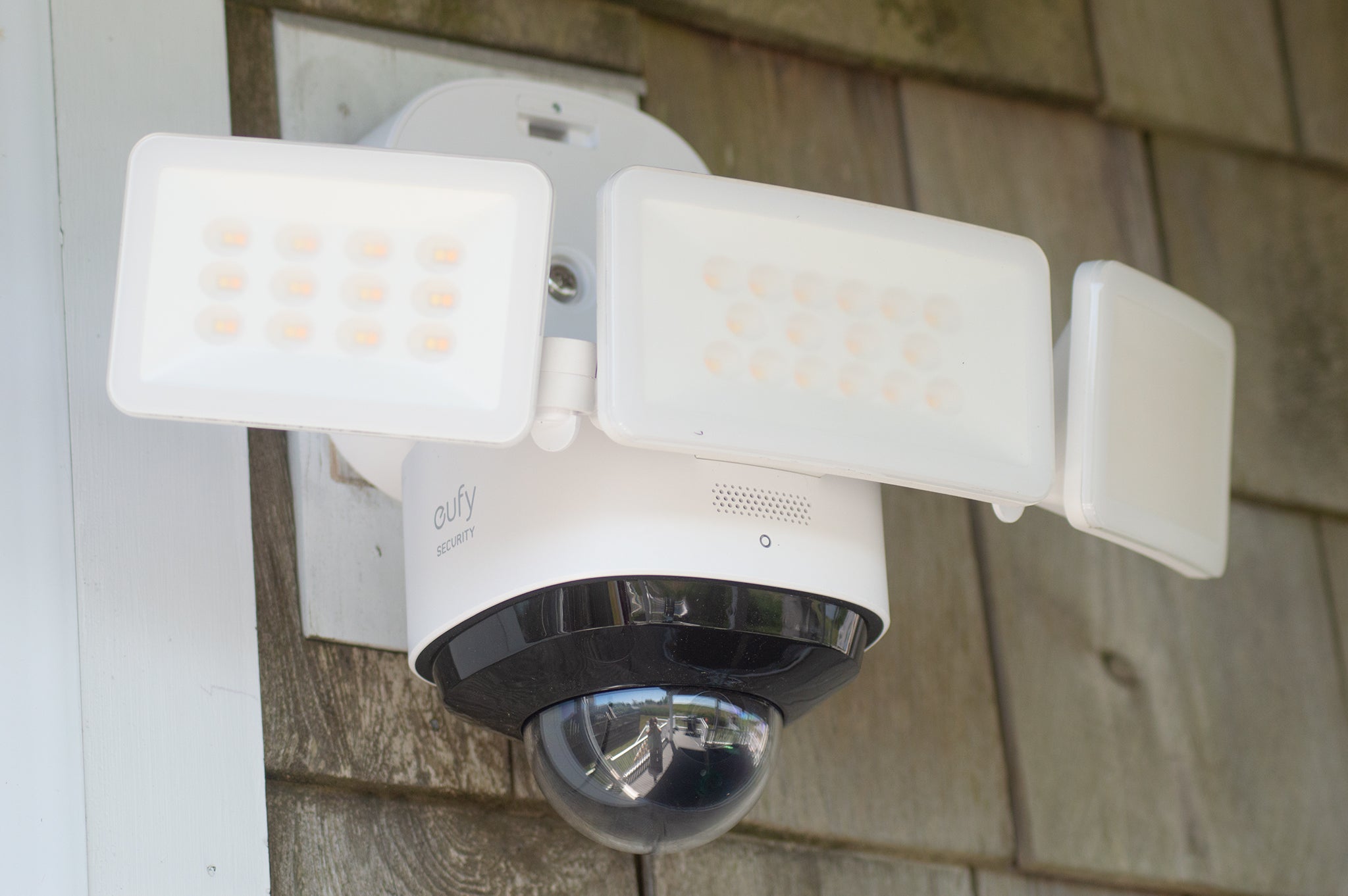


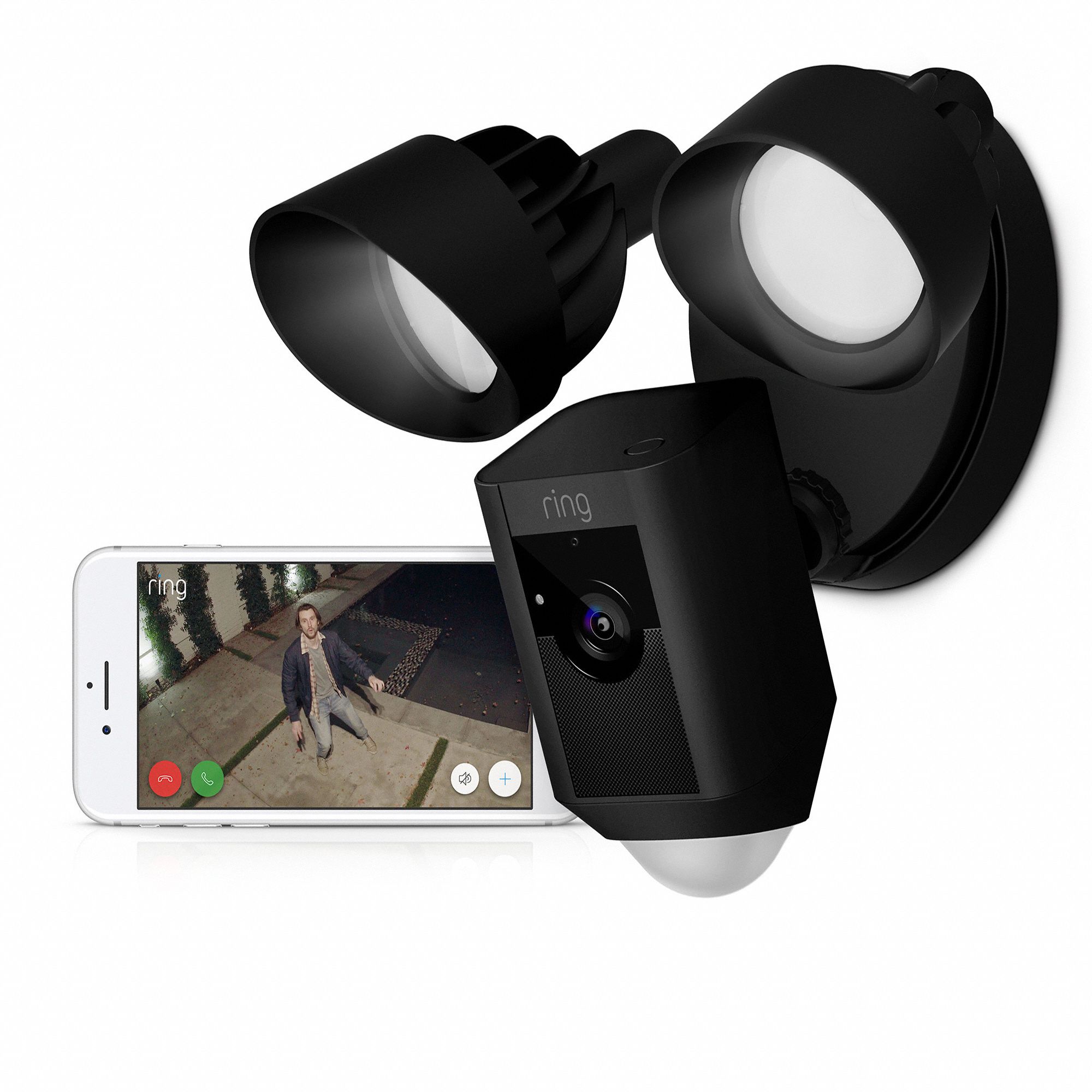
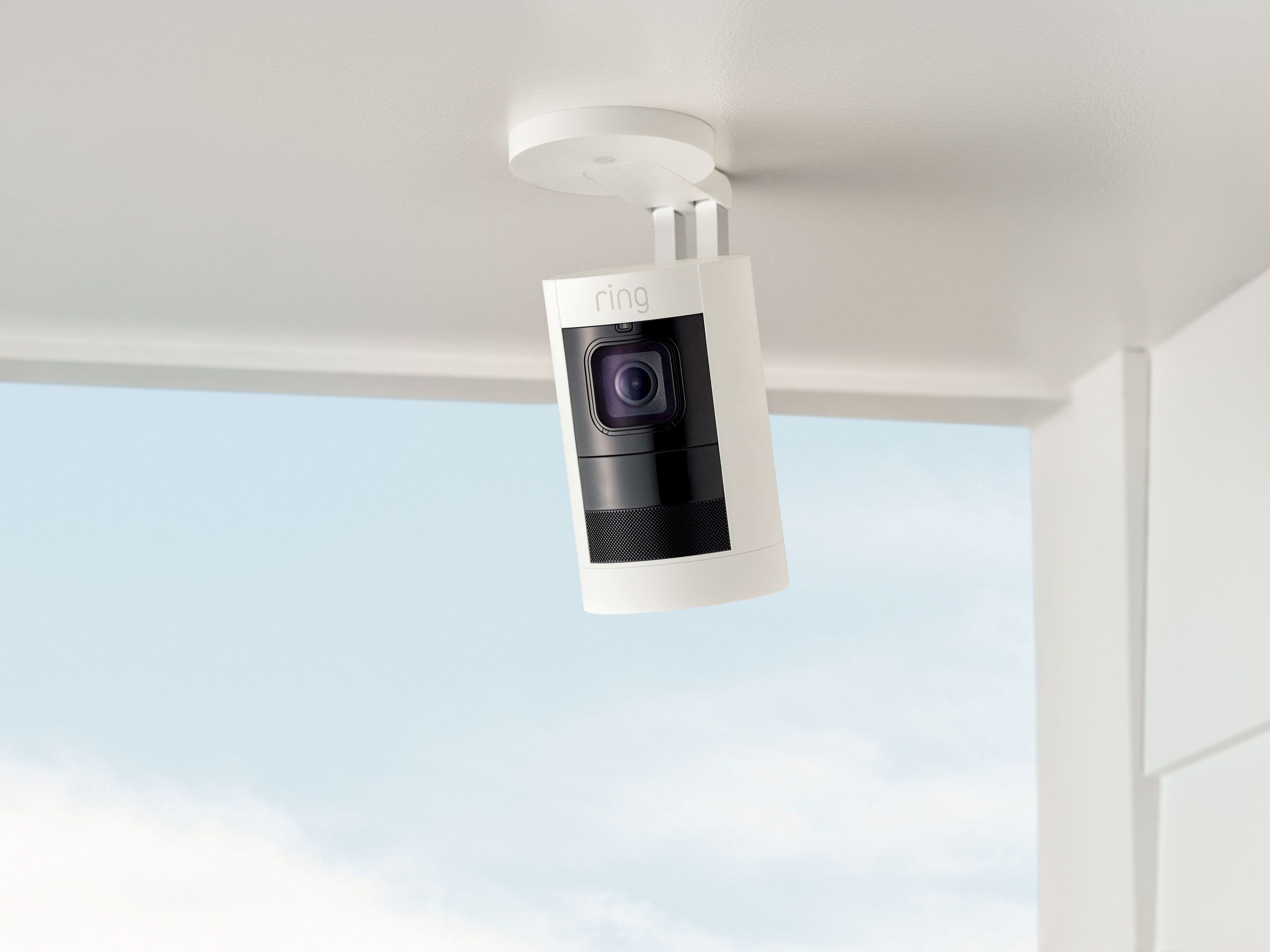

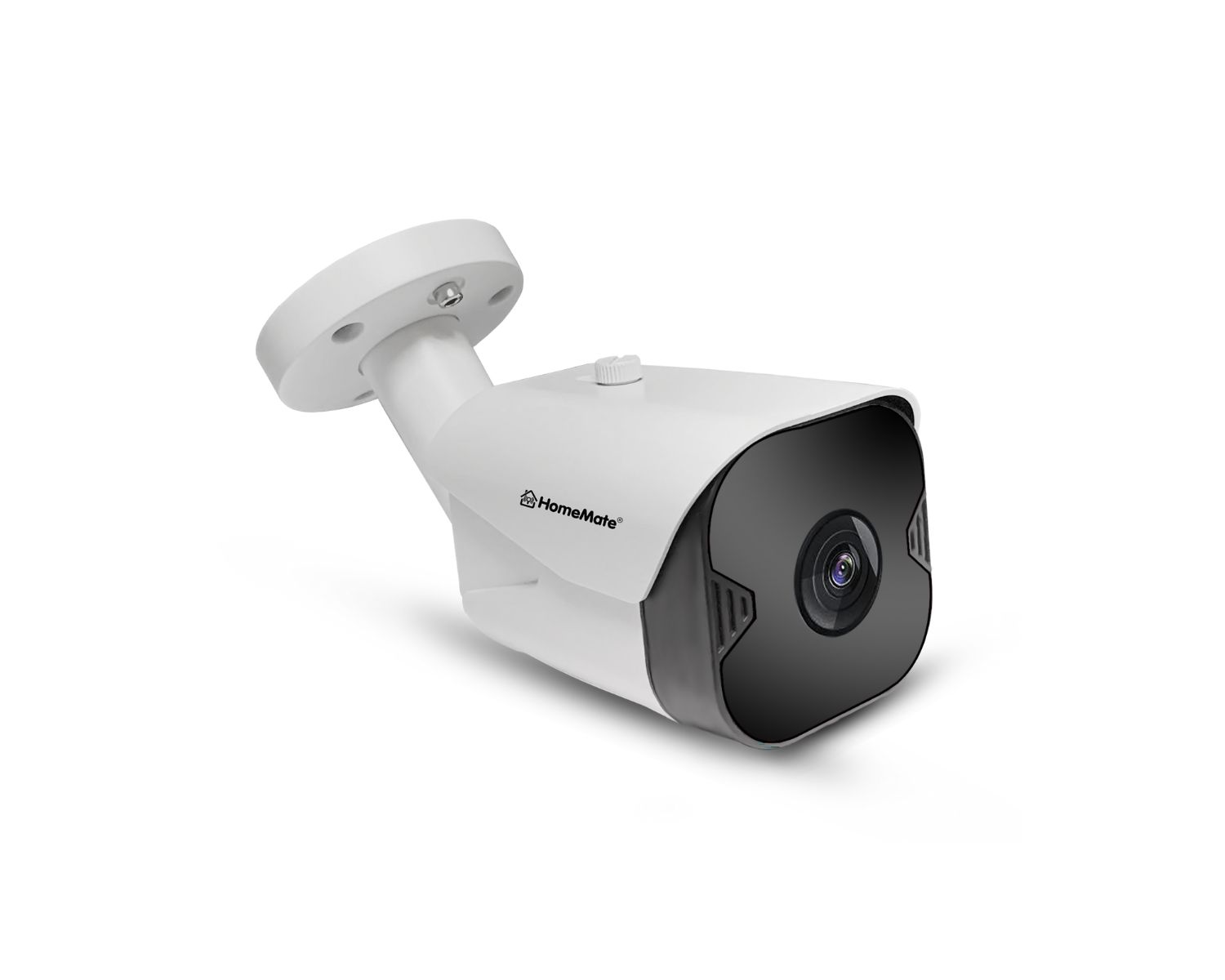
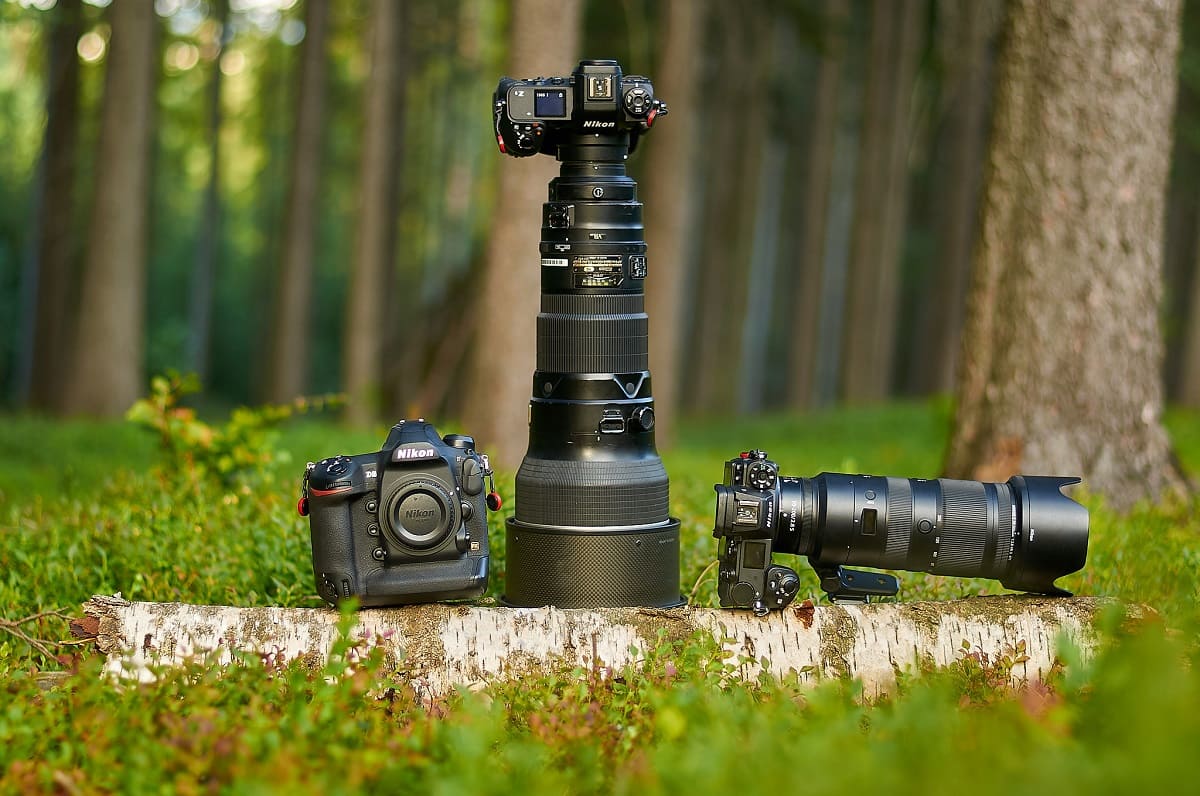

0 thoughts on “What Are The Best Camera Settings For Outdoor Portraits?”